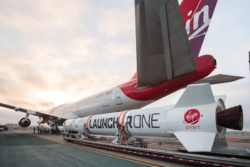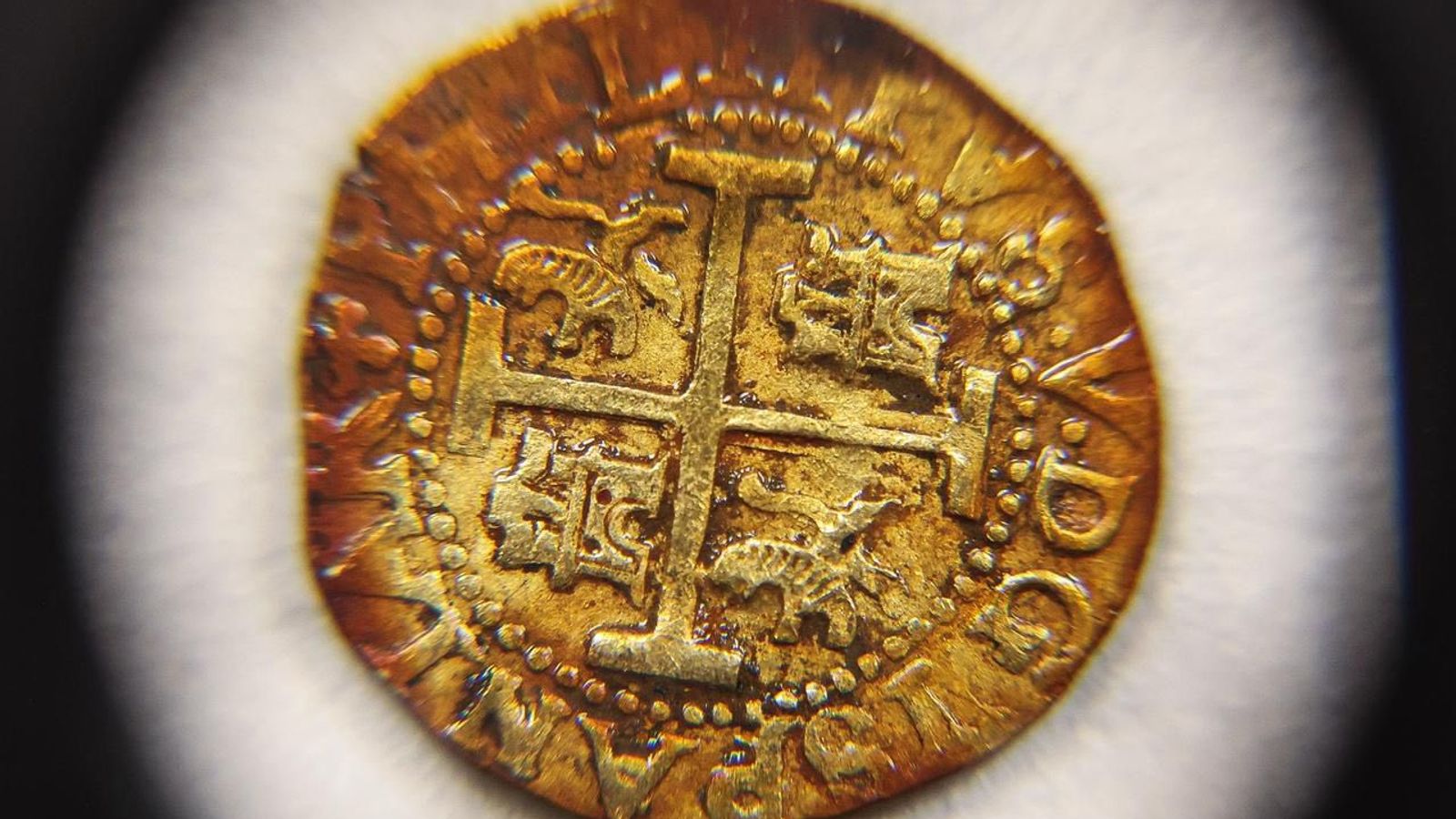UK space launch ends in failure
The UK’s first-ever satellite mission launch has ended in failure.
A jumbo jet operated by Virgin Orbit – Sir Richard Branson’s company – carried a rocket out of Cornwall to release it high over the Atlantic Ocean.
The rocket ignited and appeared to be ascending correctly but then the company announced the rocket had suffered an “anomaly.”
The satellites it was carrying could not be released and were lost. The carrier 747 jet – named Cosmic Girl – returned safely to base.
Milestone for UK space
The mission was called a milestone for UK space, it was supposed to mark the birth of a home-grown launch industry. The plan is to turn the UK into a global player – from manufacturing satellites to building rockets and creating new spaceports.
Deputy CEO of the UK Space Agency, Ian Annett said it shows “how difficult” getting into orbit actually is – but predicted further launches within the next 12 months.
“We get up, we go back, we try again, that’s what defines us,” he told BBC Radio 4’s Today programme.
Why the UK space launch failed?
Matt Archer, the agency’s launch programme director said the issue occurred in the upper segment of the rocket.
“The second-stage engine had a technical anomaly and didn’t reach the required orbit,” he explained.
“That’s now part of an investigation by Virgin Orbit and a number of government departments,” he told BBC News.
He was unable to confirm if the rocket landed back to Earth but says if it did, it would have come down over unpopulated areas.
Branson’s Virgin Orbit is relatively new. It has only been in operation since 2020.
Dan Hart, the CEO of Virgin Orbit, said: “We are mindful that we failed to provide our customers with the launch service they deserve. The first-time nature of this mission added layers of complexity that our team professionally managed through; however, in the end a technical failure appears to have prevented us from delivering the final orbit.
“We will work tirelessly to understand the nature of the failure, make corrective actions, and return to orbit as soon as we have completed a full investigation and mission assurance process.”





